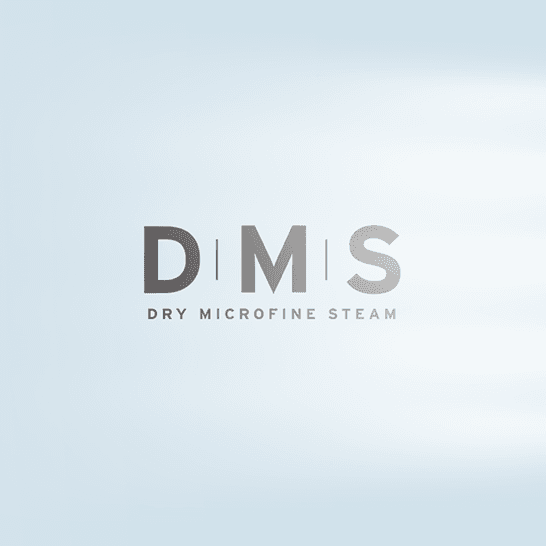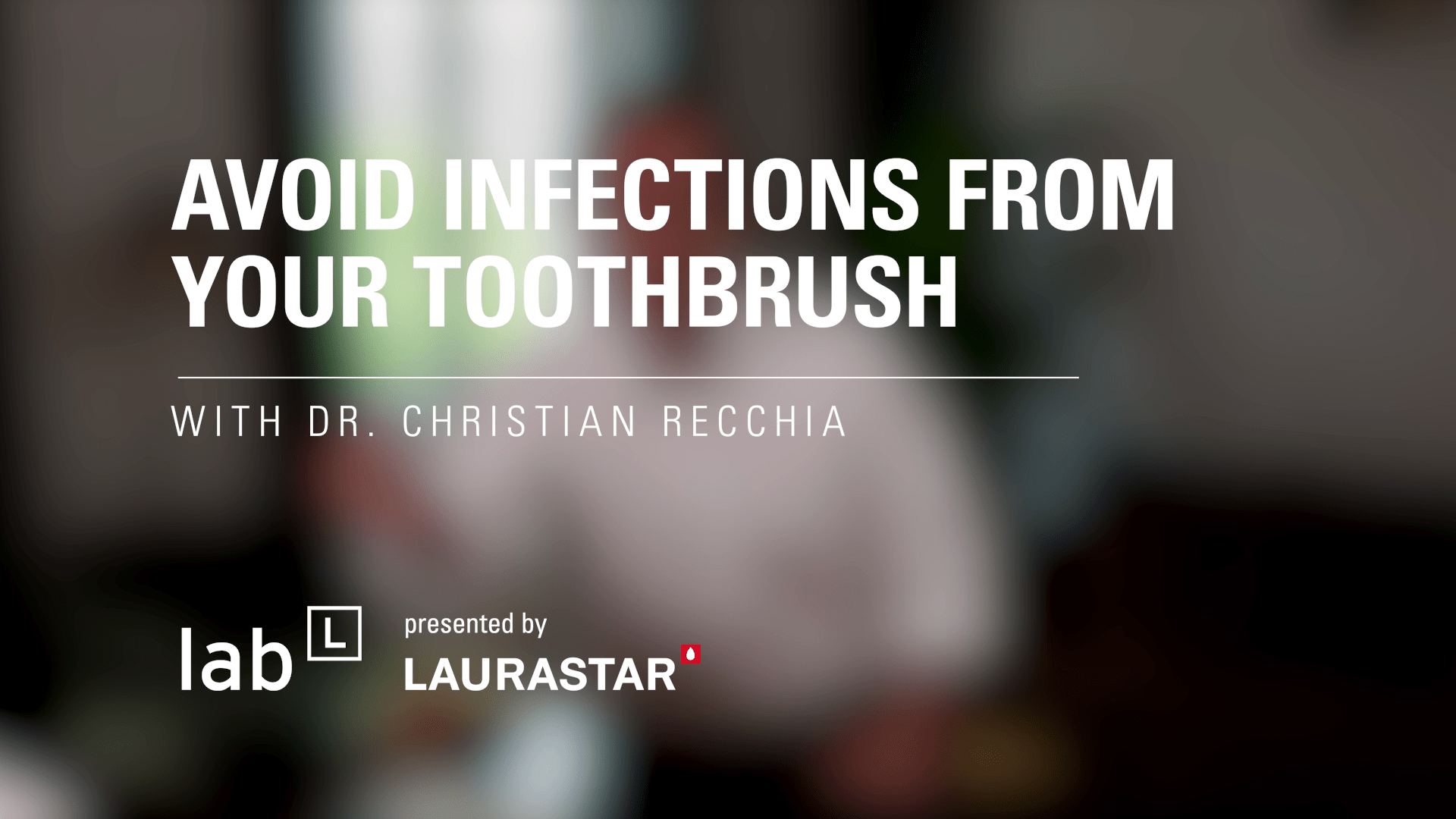ORAL HYGIENE: THE IMPORTANCE OF DISINFECTING YOUR TOOTHBRUSH REGULARLY
An environment that favours the proliferation of bacteria

Even saliva can be infectious. Every millilitre of saliva contains millions, if not billions, of all kinds of bacteria, which end up on toothbrushes. And then on all the other toothbrushes that share the toothbrush holder.
Adverse health consequences
More than 10 million bacteria can be found on a toothbrush. Most are harmless because they occur naturally in the human body. But other bacteria, such as E.coli, can cause vomiting or diarrhoea. In some cases, the appearance of fungi inside the mouth is another adverse health consequence of poor toothbrush hygiene. For example, oral thrush is caused by the growth of the fungus Candida albicans in the oral mucous membrane. And even the slightest wound can make us more susceptible to dental infections.
Preventing these types of infections requires good oral hygiene, but also a toothbrush that is in good condition, properly cleaned and disinfected to avoid further contamination every time you brush your teeth.

Do not confuse hygiene with cleanliness
Avoid spraying the sink with cleaning products, cosmetic sprays (perfumes/aerosols) with toothbrushes nearby as a preventative measure. Likewise, close the lid of the toilet when flushing. And we cannot stress this enough: a toothbrush should be replaced every 3 months.
A fast and efficient solution with more than 99.999% effectiveness



